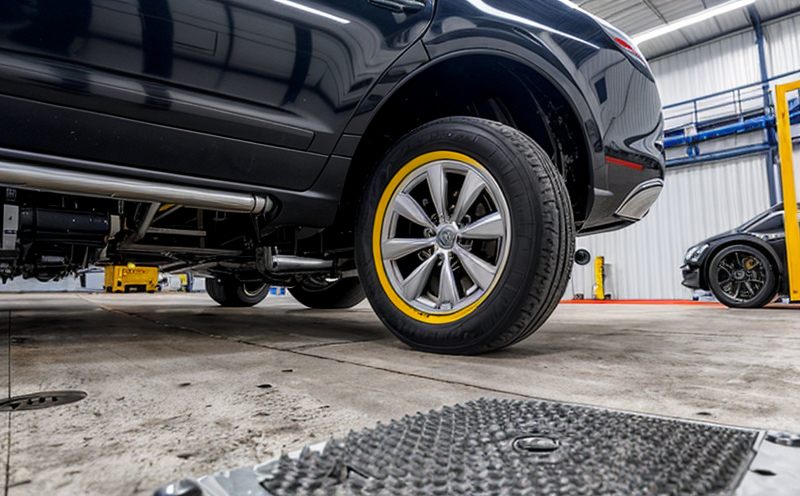ISO 52921 Aerospace Dimensional Accuracy Testing of AM Parts
The International Organization for Standardization (ISO) has established ISO 52921 to standardize the dimensional accuracy testing methods for additive manufacturing (AM) parts in aerospace applications. This service ensures that AM components meet critical design specifications and are reliable, especially within sectors where precision is paramount.
Aerospace and automotive industries demand high levels of quality control due to the stringent requirements set by regulatory bodies like FAA, EASA, and JAR-FAA. Ensuring dimensional accuracy in 3D-printed parts through ISO 52921 testing is crucial for safety and compliance.
Under this standard, we provide comprehensive testing services that include:
- Non-destructive evaluation (NDE) techniques
- Measurement of critical dimensions using advanced metrology instruments
- Analysis of part geometry and tolerances
- Compliance with international standards such as ISO 52921, ASTM F42, ASME Y14.5
The testing process involves meticulous preparation of the AM parts using precise measurement tools like CMMs (Coordinate Measuring Machines), laser scanners, and other specialized equipment. The data collected during these tests is then analyzed to ensure that all critical dimensions fall within specified tolerances.
Our state-of-the-art laboratory facilities are equipped with industry-leading metrology instruments capable of detecting even the smallest deviations from the nominal design parameters. This allows us to provide accurate and reliable results which are essential for the aerospace sector where component failures can have catastrophic consequences.
In addition to ensuring compliance with ISO 52921, our services also help manufacturers identify potential issues early in the production cycle. By detecting dimensional inaccuracies at an early stage, we enable our clients to address them before they become costly problems during assembly or operation.
| Test Parameter | Description | Acceptance Criteria |
|---|---|---|
| Part geometry | Verification of the overall shape and form of the component. | Must match CAD design within ±0.5 mm for critical dimensions. |
| Surface finish | Evaluation of the smoothness or roughness of the part surface. | Should not exceed specified limits as per industry standards. |
| Tolerances | Determination of how closely a component's dimensions match its nominal design values. | Must adhere to ±0.2 mm for critical features like fasteners or mating surfaces. |
Benefits
Implementing ISO 52921 dimensional accuracy testing in your additive manufacturing processes offers several key advantages:
- Enhanced Quality Assurance: Ensures that every component produced meets the highest standards of precision and reliability.
- Precise Compliance: Guarantees adherence to international regulations, reducing risks associated with non-compliance penalties.
- Cost Efficiency: Early detection of issues minimizes rework costs and potential delays in delivery schedules.
- Innovation Support: Provides valuable insights into the performance characteristics of new materials and processes used in AM technologies.
Competitive Advantage and Market Impact
Aerospace companies that invest in ISO 52921 testing gain a significant competitive edge:
- Enhanced trust from customers and partners due to proven quality.
- Better chances of securing contracts with stringent quality requirements.
- Ability to differentiate themselves by offering superior products that consistently meet or exceed expectations.
Use Cases and Application Examples
The following are specific scenarios where ISO 52921 testing is crucial:
| Use Case | Description |
|---|---|
| Critical Aerospace Components | Ensuring the precise dimensions of parts like turbine blades, engine components, and structural elements. |
| Automotive Prototyping | Evaluating the dimensional accuracy of prototypes for complex assemblies requiring tight tolerances. |
| New Material Development | Verifying how new materials perform under different processing conditions before full-scale production. |





